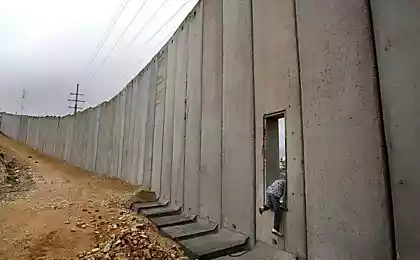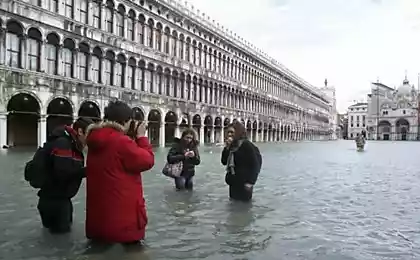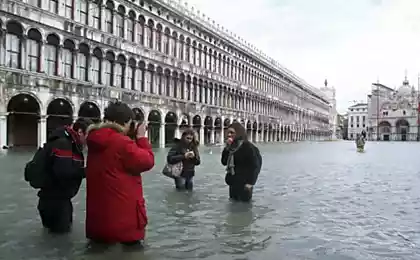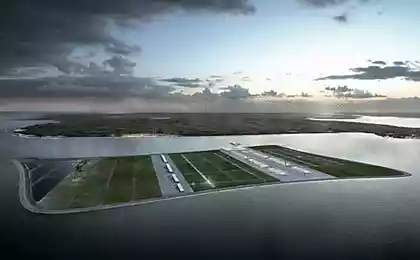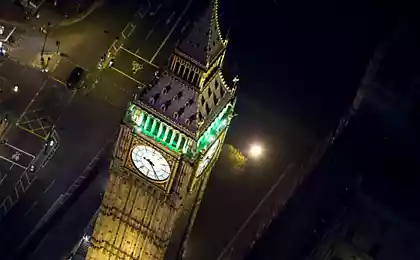207
The Thames Barrier – London’s Flood Protection
The Thames Barrier is located downstream from central London, on the east side of the capital at Woolwich. It is the second largest such structure in the world, after the Osterscheldeckering barrier in the Netherlands. The Thames Barrier was built in 1982 to prevent most of the eastern settlements of Greater London from being flooded by tides and storm surges from the North Sea. The barrier is made up of 9 steel gates, blocking the river with a width of 520 meters. In the open state, the gates lie flat on the seabed, allowing the river to flow freely and passing ships of any size. In a closed state, the gates move up until they completely block the river. The gates are hollow inside and are made of steel 1.6 inches thick. Each leaf reaches 61 meters in length and weighs 3,200 tons. The gates are filled with water when submerged and emptied by rising from the river.
Flooding has been a problem in London for centuries. The threat has increased over time due to the slow but continuous rise in flood levels and slow subsidence. Britain - up to 5 cm in 100 years, caused by postglacial recovery. In 1928, the flooding of the Thames killed 14 people and killed 307 people after the flooding of 1953.
Construction of the Thames barrier began in 1974, but was officially opened a decade later. The barrier was originally designed with operation until 2030, but recent analysis suggests it will be sufficient protection until 2060-70.
Source: lifeglobe.net/
Flooding has been a problem in London for centuries. The threat has increased over time due to the slow but continuous rise in flood levels and slow subsidence. Britain - up to 5 cm in 100 years, caused by postglacial recovery. In 1928, the flooding of the Thames killed 14 people and killed 307 people after the flooding of 1953.
Construction of the Thames barrier began in 1974, but was officially opened a decade later. The barrier was originally designed with operation until 2030, but recent analysis suggests it will be sufficient protection until 2060-70.
Source: lifeglobe.net/
